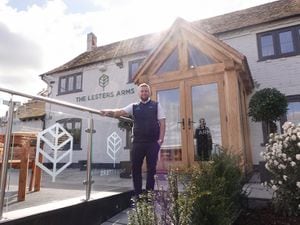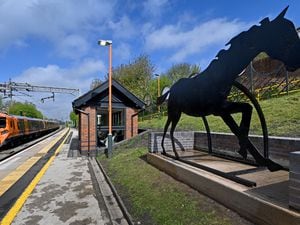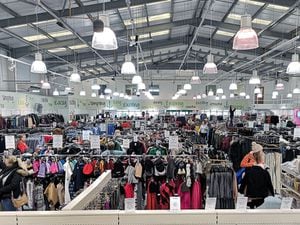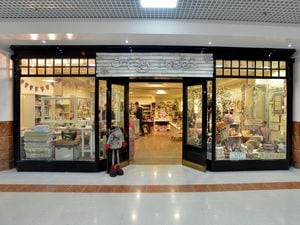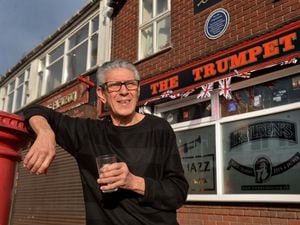Photography: How to take better photos
I mostly use my Nikon D3200 DSLR with it's separate lenses, filters and speed-light, but you don't need expensive equipment to take good photos. This picture was taken with my Fujifilm S5600 in 2012 and came out good!
[breakout title="Mike Maynard" align="right"]Mike is a photographer and blogger, and key contributor to the Express & Star's Star Witness section! He runs two blogs of his own Mike10613 and A Zillion Ideas.[/breakout]
Location and subject are important. This was Merrion's Wood in Walsall. That part of the wood is like something you will see nowhere else, it's like an enchanted woodland.
This photo was taken at the same time. I was standing on that little bridge and the sun came shining through the trees. This one made the finals of a photography contest and an enlarged version is still on show in the local hospital. I really like the colour and colour separation. I had the camera set on auto, I was still learning about all the settings. But what setting did the camera choose, in that poor light?
If we right-click on the image file and choose properties and then 'details' all the settings are there to see. The main things to worry about are F-stop (the aperture) which was f/3.2 wide aperture. If I was taking the same photo now I would probably choose a narrow aperture for depth of field. The ISO was on 200, that is the sensitivity of the sensor. I would choose a higher number because with a narrow aperture less light would enter the camera. You also have to set the shutter speed (exposure time) and the camera auto set it on 1/60 of a second. I might choose a setting that was a little slower. A faster setting risks the image being blurred by camera shake, but if I was confident about keeping the camera still then 1/20 of a second would be good. The other option is a much higher ISO, but that can produce 'noise', which shows as little white spots on the picture. This image does show that you can get a great image with a bridge camera set on auto, but with some tweaking of the settings and the same light, I think I could get the image sharper and more in focus.
This was taken recently with my Nikon. Does a better camera and more experience make a difference? Lets look at the settings again.
The aperture is still wide, I think a narrow aperture in that light would have produced a dark image. The ISO was increased to 800, which is quite high. The exposure time was perhaps too short, but it was windy. A fast shutter speed can compensate for camera shake.
When I took this shot, I could choose a narrow aperture to get the distant trees more in focus or a wider aperture to get the leaves on the left in focus. I chose the leaves. It was dark and dismal and so I chose a higher ISO (800) and 1/160 of a second exposure time. That could have been a lot slower. I have a monopod now that helps to keep the camera still and that allows me to use much slower speeds (short exposure times).
If you're just starting in photography, getting used to all the terms is confusing. The numbers for aperture can be very confusing. Think of the shutter as a door that allows light into the camera. The wider it opens, the more light that gets in. The longer it's open (exposure time) the more light that gets in. Imagine putting a stop behind the door to control aperture. The bigger the stop, the narrow the door opens. F/22 is narrow, F/3.2 is wide.
Someone asked what you need to know to be a press photographer. I think you need to understand the camera and it's settings, and then how to photograph people and events. With a DSLR you would need to know about light and which lenses to use too. I'll be using a 18 – 105mm lens to photograph the people at the switch on of the Christmas lights and I'll probably fit my speed-light, but I won't use it much. It'll be dark, so I'll be using a high ISO (sensor sensitivity) and short exposure time because there will be a lot of movement. The aperture will be as narrow as I can get away with. I'll try different settings, but using the sports setting I'll let the camera decide much of the time. That is a setting for short exposure times and the camera constantly adjusts the ISO and aperture for different light, which will be changing from shot to shot. I want to take a lot of photos of what's going on, and this will mean compromise. Press photographers often take photos of the dignities at they events in close up to get good pictures. I photograph the ordinary people more!

